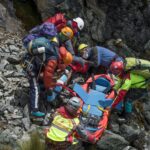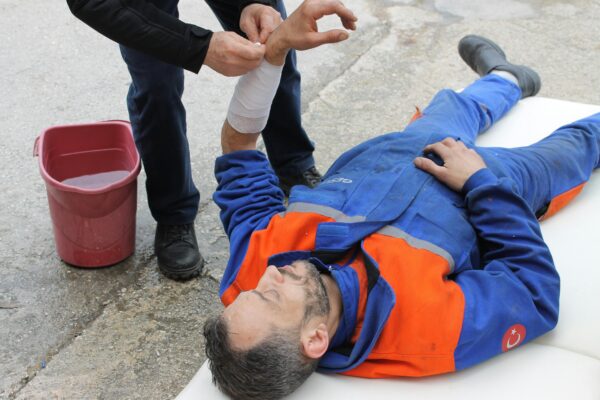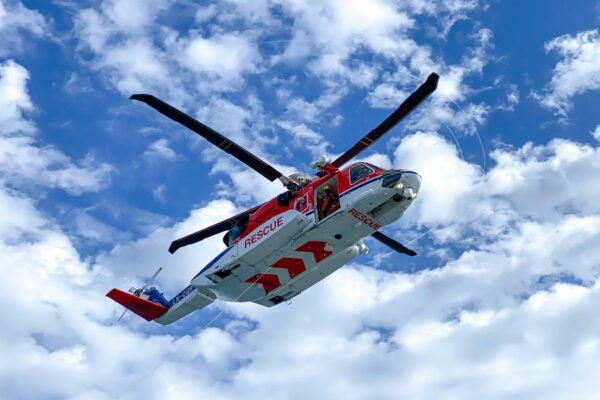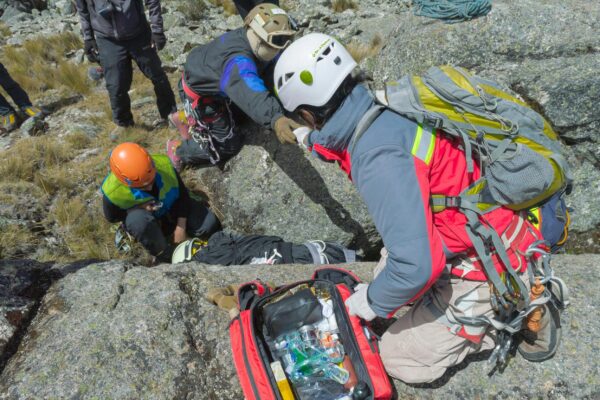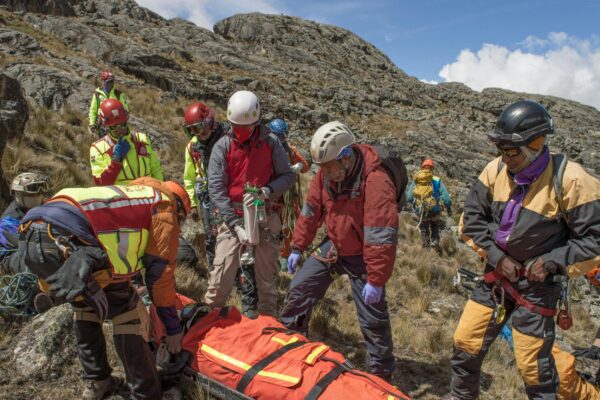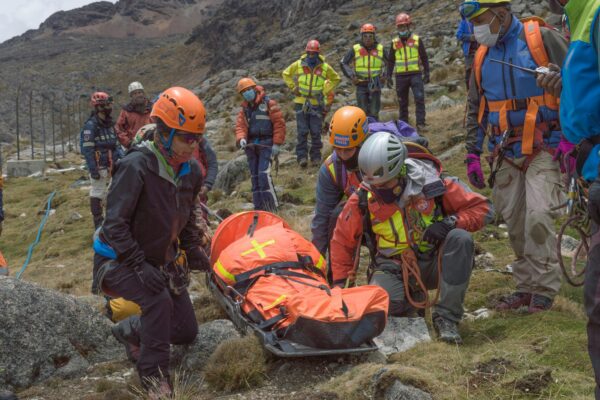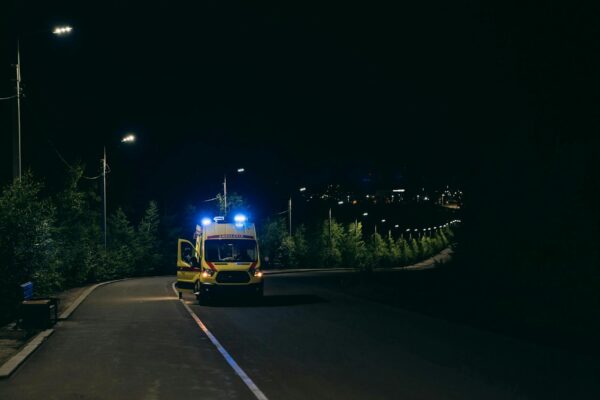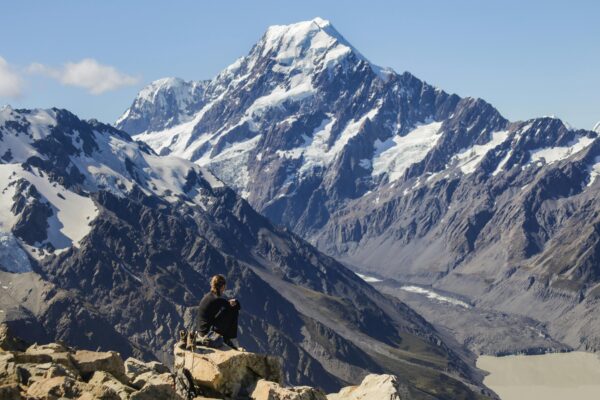
Hiking Trails Across U.S. National Parks Face Widespread Closures and Restrictions
Hiking Trails Across U.S. National Parks Face Widespread Closures and Restrictions
Hikers and outdoor enthusiasts are facing significant disruptions as numerous trails across U.S. national parks are closed or restricted due to various reasons. The Grand Canyon National Park, for instance, has announced the closure of Phantom Ranch and certain trails, including parts of the Bright Angel Trail and the Tonto Trail, to support the Transcanyon Waterline construction project[1]. Similarly, Catoctin Mountain Park has implemented temporary closures of Park Central Road and trails to Hog Rock Overlook and Blue Ridge Summit Vista due to increased security measures[3]. Additionally, Rocky Mountain National Park is dealing with ongoing trail closures resulting from fire impacts and safety assessments, with approximately 30,000 acres affected by recent fires[5]. These closures underscore the importance of checking park websites for the latest updates before planning any hiking trips.


